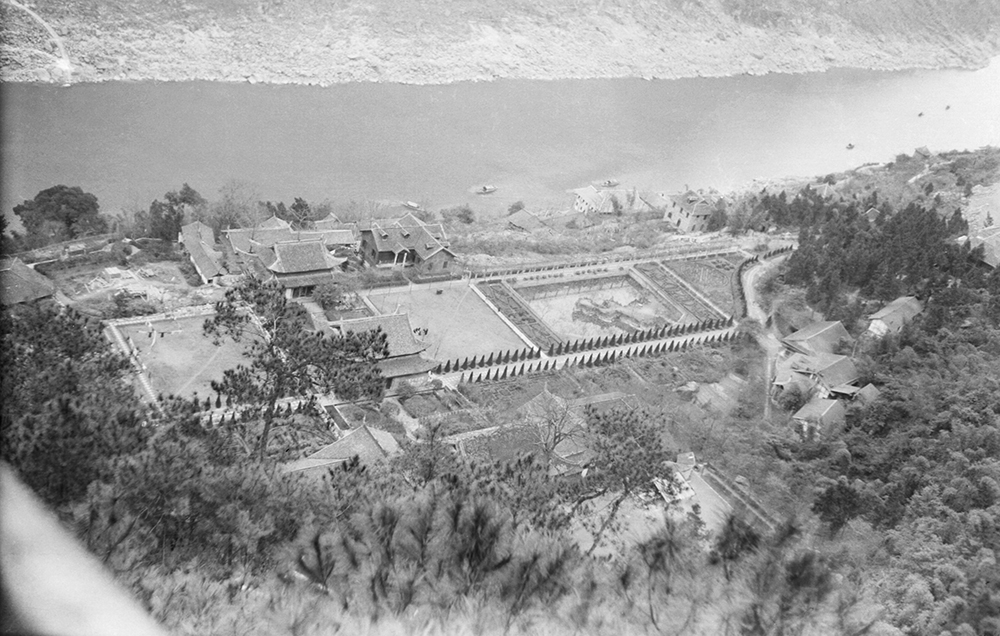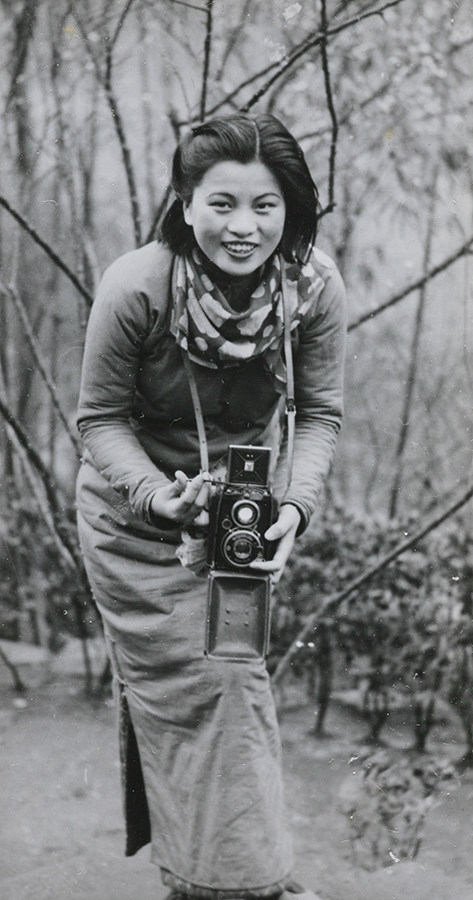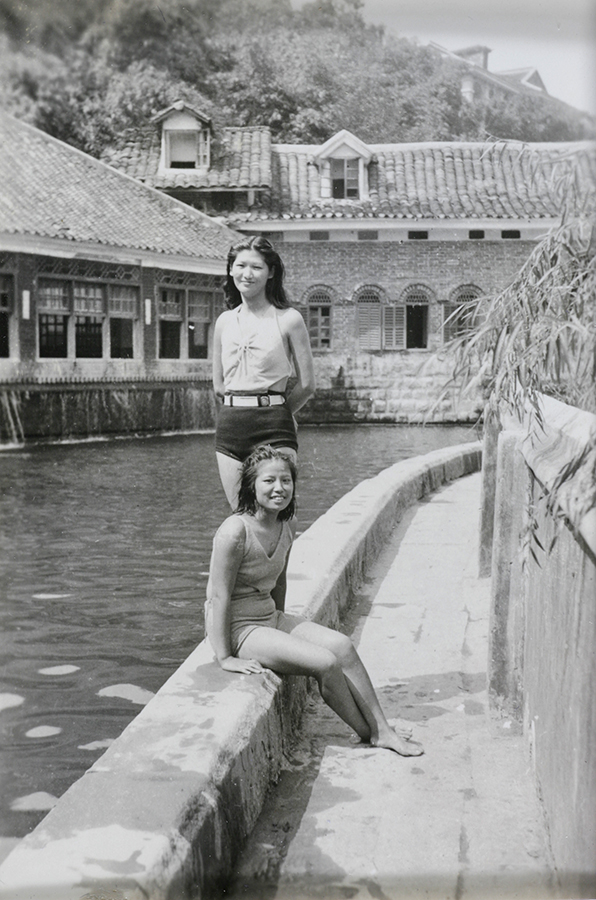In the second of our blogs from participants in the ‘Snapshots in Time’ summer school we hear from Liu Yuanyuan, a second-year PhD student in Landscape Architecture at the University of Edinburgh (Email: s1366067@sms.ed.ac.uk). Her research interests lie in the fields of landscape history and theory, visual art and urban studies.

Fig. 1 View of Northern Hot Springs Park from Jinyun Hill. Fu Bingchang Collection, Fu-n186 © 2007 C. H. Foo and Y. W. Foo
It was a great experience to participate in the workshop ‘Snapshots in Time: Photography and History in Modern China’ at the University of Bristol. The design of gardens and parks in China from 1840s to 1949 is a topic I have been interested in since my Master’s degree. I have previously used photographs and maps on the websites of ‘Virtual Shanghai/Tianjin’ to support the exploration of foreigners’ park design in the concessions. During my Ph.D. program, my interest shifted into the origin and transformation of parks operated by Chinese communities over the first half of the twentieth century. A considerable number of my resources are photographs published in newspapers, periodicals, local gazetteers etc. Therefore, it was beneficial for me to learn from different scholars’ research on photographs at the workshop. Meanwhile, after having a close look of the Historical Photographs of China project, I also found some useful resources for my research from the Fu Bingchang Collection.
As an official of the Nationalist party and an amateur photographer, Fu Bingchang has taken a number of photographs of political figures and events. His collection, however, also contains a series of photographs dated in 1940, which related to his travelling activities with colleagues and female friends to several scenic spots surrounding Chongqing. Northern Hot Springs Park in Beibei, a new town located over 30km northwest of Chongqing, was one of those destinations. Visiting the park from Chongqing usually would take more than one day. Hence, it could count as an excursion instead of a daily activity (Fig. 1).
Northern Hot Springs was a typical example of park design in Republican China. Transformed from an ancient temple, the park was a part of modernisation experiments in Beibei launched by Lu Zuofu since 1927. With attached guesthouses and public educational facilities such as library and mass education museum, it was mostly well-known for hot springs swimming pools and becoming a popular recreational place with splendid natural resources along Jialing River particularly during the Second Sino-Japanese War.
![Fig. 2 View of Northern Hot Springs Park from Jialing River. Source: Lang Jingshan.,Chuan zhongming sheng xuanji: Beiwenquan [Selections of Scenic spots in the middle of Sichuan Province]. Xingguang (Singapore), no.1 (1939): 36](https://hpchina.blogs.bristol.ac.uk/files/2016/08/Fir-2.png)
Fig. 2 View of Northern Hot Springs Park from Jialing River. Source: Lang Jingshan, Chuanzhong mingsheng xuanji: Beiwenquan [Selections of Scenic spots in the middle of Sichuan Province]. Xingguang (Singapore), no.1 (1939): 36

Fig. 3 Min Chin with a camera. Source: Fu Bingchang Collection, fu01-025 © 2007 C. H. Foo and Y. W. Foo
On another trip, probably in the summer of 1940, he shot the photograph of ‘Jiang Fangling and Zhang Yukun at the swimming pool’ (Fig.4).

Fig. 4 Jiang Fangling and Zhang Yukun at the swimming pool. Source: Fu Bingchang Collection, Fu02-063 © 2007 C. H. Foo and Y. W. Foo
A little more information always generates new research questions upon these photographs with rich personal stories and memories behind. Representing the landscape and people’s daily life in the parks on one aspect, the activity of taking photographs itself also formed a significant part of park culture in modern China. I sincerely look forward to further interaction with the Historical Photographs of China project, scholars, and colleagues, to support my future work.
